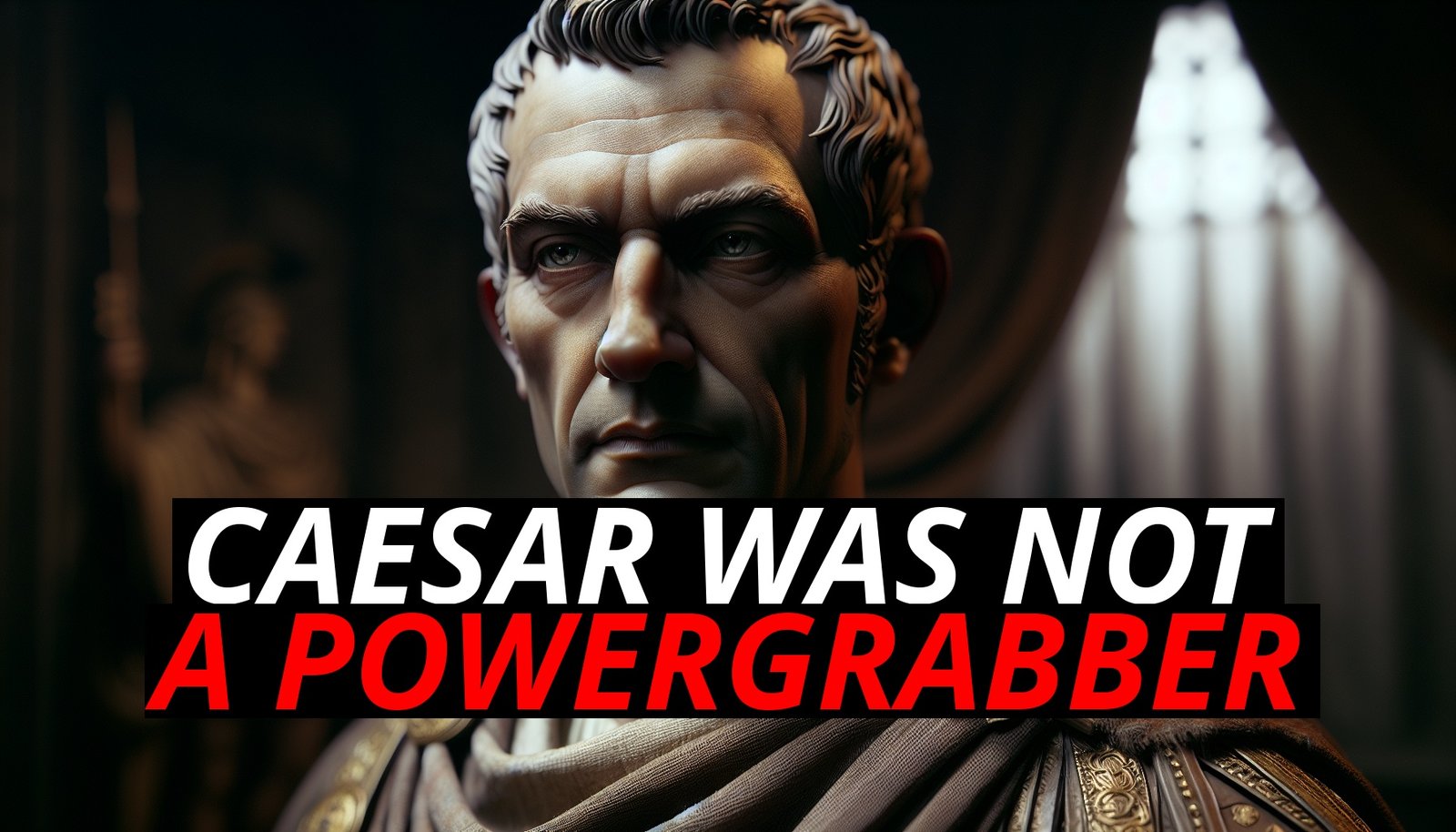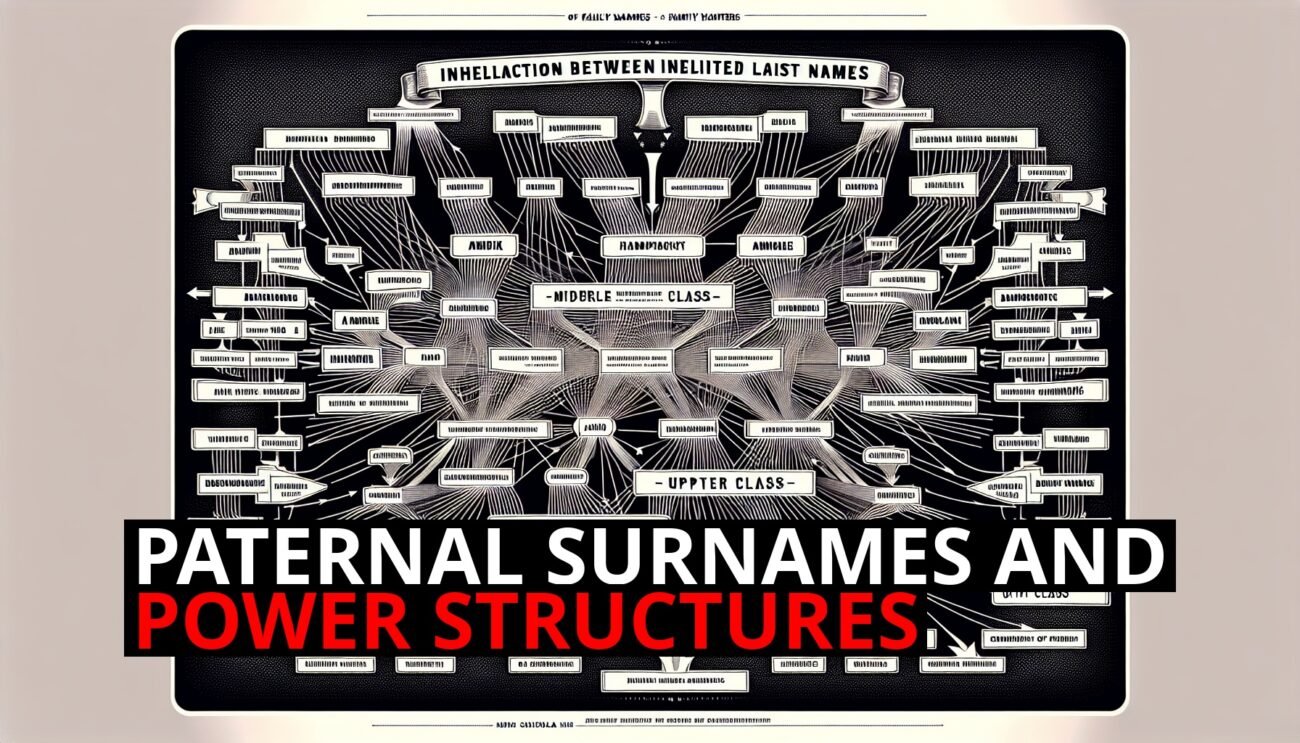Julius Caesar has long been branded as a power-hungry tyrant, the man who destroyed the Roman Republic and ushered in the era of imperial rule. But what if that narrative isn’t as clear-cut as we’ve been led to believe? What if Caesar wasn’t simply a dictator bent on control, but rather a leader responding to a system already in free fall? The truth is, Caesar’s rise to power was far more complicated than a mere grab for control. His actions were not the cause of Rome’s downfall but a response to deep-seated problems that had been brewing for decades. To understand this, we need to explore the political crisis that had thrown the Roman Republic into chaos long before Caesar crossed the Rubicon.
By the time Caesar emerged on the political stage, the Roman Republic was already in serious trouble. While it was still called a democracy, with voting citizens and elected leaders, the reality was much different. Power had become concentrated in the hands of a few wealthy aristocrats in the Senate. They controlled the government, the military, and the economy, while the average Roman was left struggling to survive. Economic inequality was rampant, and most of the land belonged to a handful of elites, leaving the majority of Roman citizens and veterans destitute. Debt weighed heavily on the population, and the veterans who had fought in Rome’s wars returned home with little to show for their service.
Meanwhile, the Senate was more interested in protecting its own wealth and status than addressing these pressing issues. The Republic, in practice, had become an oligarchy—where a small group of elites ruled, while the needs of the people were ignored. It’s no wonder that by the time Caesar rose to prominence, the people were desperate for a leader who would truly represent their interests. The Republic was fractured, its institutions failing, and Julius Caesar’s popularity grew out of this environment of inequality and discontent.
Unlike the Senate, Caesar recognized that Rome needed serious reforms. His proposals weren’t just political maneuvers; they were responses to the real issues facing the common people. He sought to redistribute land to veterans, offer relief to those drowning in debt, and initiate public works programs that would provide jobs for the urban poor. These reforms were enormously popular because they addressed the very problems that the Senate had ignored for so long. Caesar wasn’t grabbing power for the sake of it—he was stepping into a leadership vacuum created by a failing political system.
Caesar’s rise wasn’t just about his military victories; it was about his ability to connect with the people and offer them hope for a better future. His popularity with the masses wasn’t a manufactured tool for power—it was genuine. This popularity, however, made him a threat to the Senate, whose wealth and privilege were tied to the status quo. Caesar’s reforms challenged the very foundation of the Senate’s power—by redistributing land, easing debt, and giving more political representation to the provinces, he was undermining their control over Rome’s future.
Rather than adapt to these changing times, the Senate responded with fierce resistance. They labeled Caesar a tyrant and accused him of seeking kingship, but their real concern wasn’t for the Republic—it was for their own power. For years, the Senate had used the language of democracy to hide their self-interest. They opposed reform after reform that threatened their dominance, all while framing themselves as the protectors of the Roman Republic. In reality, their opposition to Caesar was not about saving democracy; it was about maintaining their own privileged position.
When Caesar crossed the Rubicon in 49 BCE, it wasn’t the act of a man seizing control. It was a response to a situation where the Senate had left him no other options. After years of military success, Caesar had been blocked from returning to Rome as a politician. The Senate had escalated its attacks, prosecuting him for his actions in Gaul and denying him a future in Roman politics. His march on Rome wasn’t a calculated bid for power—it was a desperate move in response to a Senate that had closed all political doors. Faced with submission or rebellion, Caesar chose rebellion.
Caesar’s actions weren’t a bid to overthrow a functioning democracy—they were a response to a political system that was already crumbling. The Senate, far from being defenders of the Republic, had allowed Rome to deteriorate into chaos. Their refusal to address the deep inequalities in society and their hostility toward reform made the Republic’s collapse inevitable, with or without Caesar’s intervention.
The real tragedy of the fall of the Roman Republic isn’t that Caesar seized power—it’s that the system had become so dysfunctional that someone like Caesar was needed to restore order. The Republic had been weakened by decades of corruption, inequality, and mismanagement. Caesar’s rise was a symptom of this much deeper crisis. The Senate’s refusal to adapt to the changing needs of Roman society only hastened the Republic’s decline.
In the end, Julius Caesar wasn’t simply a tyrant looking to seize control for himself. His actions were driven as much by necessity as ambition, and his reforms were aimed at fixing a political system that had failed its people. Caesar’s rise to power was not the cause of the Republic’s collapse—it was the result of a ruling class that refused to share power or listen to the needs of the people. The Senate’s resistance to change, and their unwillingness to give up their wealth and status, paved the way for the eventual fall of the Republic and the rise of the Roman Empire.
So, was Julius Caesar really the power-hungry tyrant we’ve been told? The reality is far more complicated. He wasn’t a villain bent on destroying the Republic—he was a leader trying to save it from a system that had already lost its way.
If you found this exploration of Roman history insightful, don’t forget to like, share, and subscribe for more deep dives into the stories that shaped our world. Let’s continue uncovering the truths behind history’s biggest narratives!













